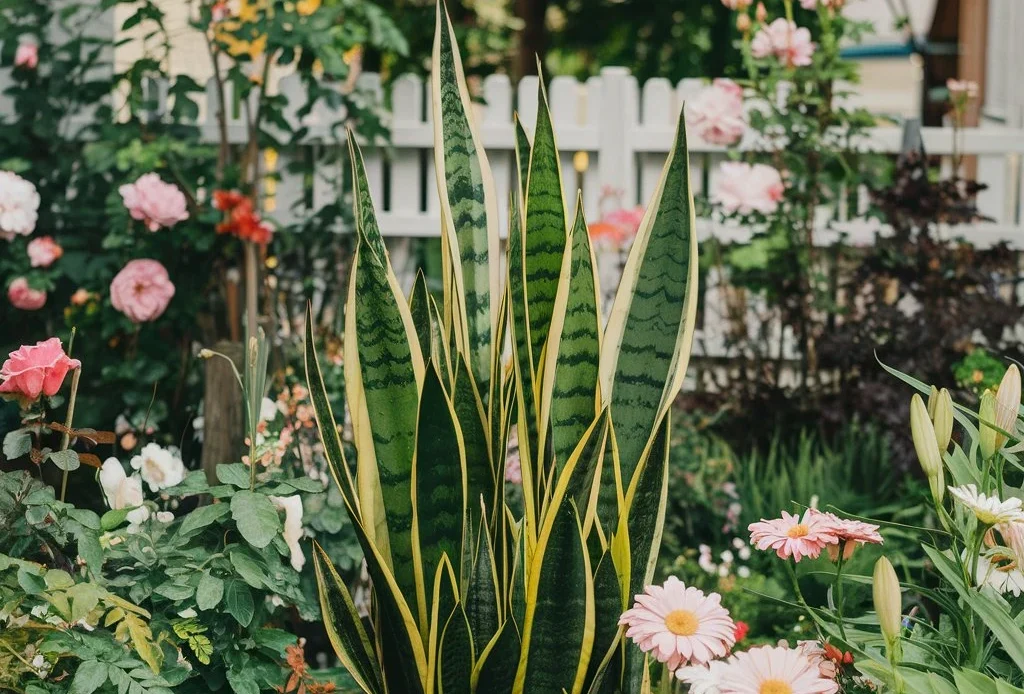
Introduction to Houseplant Identification
Identifying a houseplant is not merely an exercise in botany; it is a gateway to successful plant care and thriving indoor ecosystems. With a diverse array of species adorning our living spaces, each houseplant brings unique aesthetic appeal and specific care requirements. Understanding the distinguishing features—such as leaf shape, color variations, and growth habits—enables enthusiasts to nurture their green companions effectively.
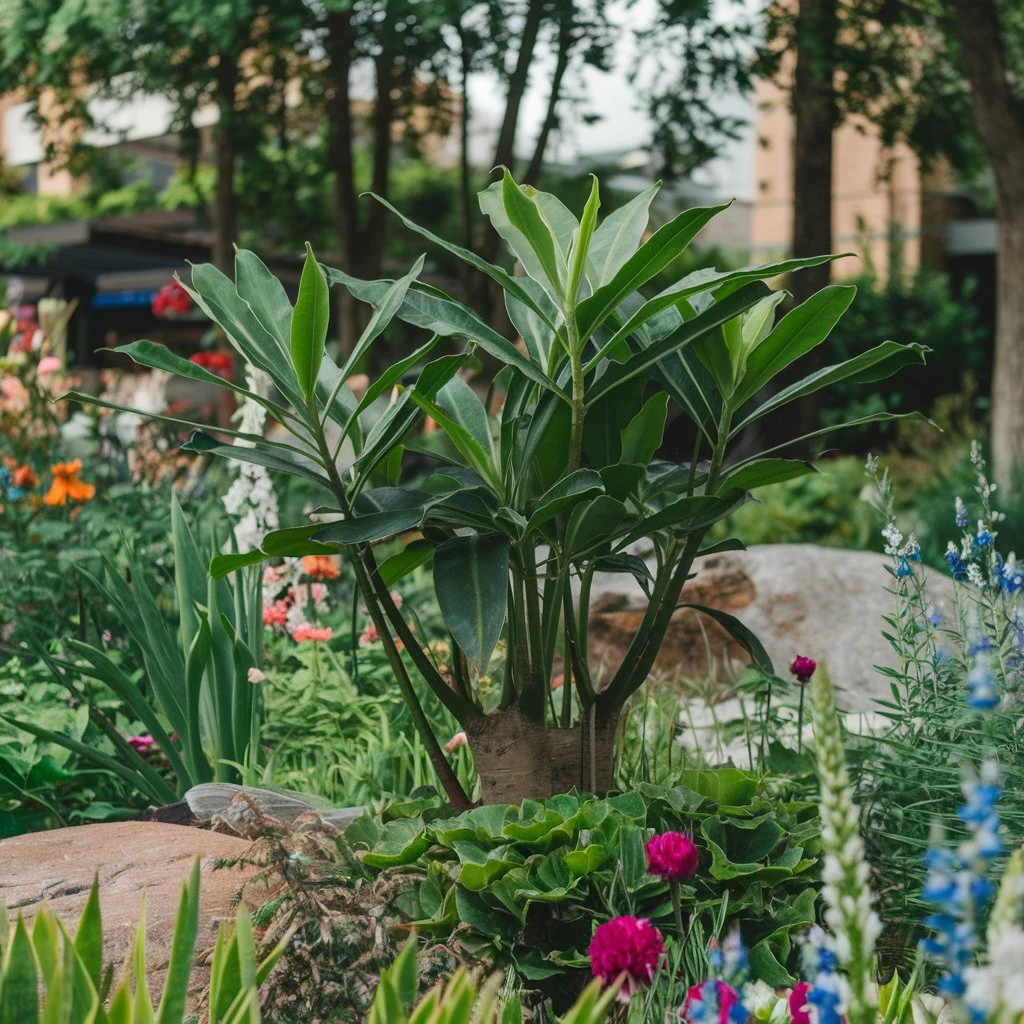
Accurate houseplant identification is essential for providing the right environment and conditions. For instance, tropical varieties thrive in humidity, while succulents prefer arid conditions. Additionally, recognizing common pests and diseases that may afflict a houseplant can prevent larger issues down the line. By honing identification skills, plant lovers can deepen their appreciation for these natural wonders and cultivate a flourishing indoor garden. As one embarks on this journey, the world of houseplants unfolds, revealing the fascinating interplay between species and their caregivers.
Tropical Plants: Characteristics and Care
Tropical plants are a vibrant addition to any houseplant collection, exuding lush foliage and exotic charm. Characterized by broad, glossy leaves and a penchant for warmth and humidity, these plants thrive in environments that mimic their native habitats. Popular varieties, such as monstera and pothos, boast stunning leaves that can add a dramatic flair to interior spaces.
Caring for tropical houseplants requires an understanding of their specific needs. They flourish in well-draining soil enriched with organic matter and prefer consistent moisture without becoming waterlogged. High humidity levels are essential; thus, misting or placing a humidifier nearby can help replicate their natural climate. Adequate light is crucial, yet direct sunlight can scorch their delicate leaves. Regular fertilization during the growing season provides essential nutrients to support their vigorous growth. With attentive care, tropical houseplants can thrive, transforming any indoor space into a verdant oasis.
Key Characteristics for Identification
Identifying a houseplant requires attention to various key characteristics that distinguish one species from another. First and foremost, leaf shape is pivotal; some houseplants display broad, oval leaves, while others may present intricate lobes or fine serrations. The color and texture of the foliage also offer vital clues—glossy leaves might indicate a tropical origin, while velvety surfaces suggest adaptations to unique environments.
Another essential characteristic is the plant’s growth habit. Some houseplants are compact and bushy, whereas others may trail or vine, indicating their growth patterns. Additionally, observing the presence of flowers or fruits can provide significant identification markers; for instance, flowering plants like African violets have distinctive blooms that are easily recognizable.
Finally, the overall size and structure of the houseplant, including the arrangement of leaves and stems, can help in pinpointing its identity. Familiarity with these key characteristics enables enthusiasts to cultivate and care for their green companions more effectively.
Leaf Shape and Structure
The houseplant world showcases a remarkable diversity in leaf shape and structure, which plays a crucial role in both identification and care. Leaf shapes can range from broad and ovate to narrow and linear, with some exhibiting intricate lobing or serrated edges. For example, the Monstera plant features large, fenestrated leaves, allowing light to penetrate deeper into the plant’s interior, while the snake plant presents long, upright leaves that taper to a point, showcasing its architectural beauty.

The structure of leaves is equally significant. Many houseplants possess a waxy cuticle that protects against moisture loss, essential for survival in various environments. Additionally, leaf venation patterns can provide insights into a plant’s taxonomy; for instance, parallel venation is often found in grasses, while net-like patterns are typical in dicots. Understanding these leaf characteristics not only aids in identifying houseplants but also informs optimal care practices, ensuring that each plant thrives in its indoor habitat.
Stems and Growth Patterns
Stems and growth patterns are pivotal in identifying a houseplant and understanding its growth habits. The structure of the stem not only supports the plant but also serves as a conduit for nutrients and water. In houseplants, stems can be categorized into several types: herbaceous stems, which are soft and green, and woody stems, which provide sturdiness and longevity.
Growth patterns also vary widely among different houseplants. Some exhibit upright growth, such as the vibrant Ficus elastica, while others, like the cascading Pothos, display a trailing habit that enhances vertical spaces. Additionally, the presence of nodes and internodes reveals vital information about the plant’s health and vigor. A well-defined node signifies potential growth points for new leaves or branches, while elongated internodes may indicate insufficient light. Recognizing these characteristics aids in proper care, ensuring that houseplants flourish and contribute beauty to indoor spaces.
Popular Houseplant Categories
The world of houseplants is wonderfully diverse, encompassing a range of categories that cater to varying aesthetic preferences and care requirements. One popular category is foliage plants, characterized by their lush leaves rather than flowers. Species such as the Monstera deliciosa and the snake plant (Sansevieria) exemplify this group, providing striking greenery that can thrive in low-light conditions.
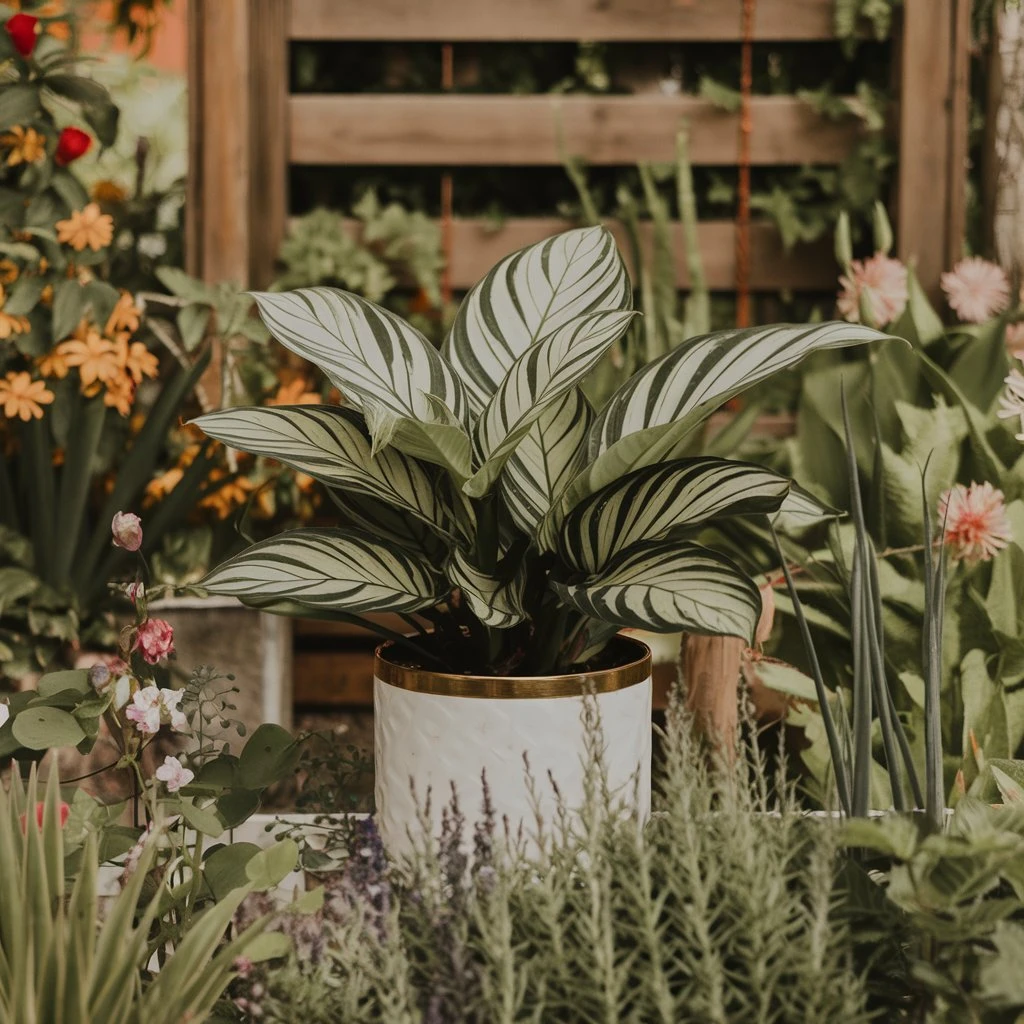
Another beloved category includes flowering houseplants. These vibrant specimens, like the African violet and the peace lily, not only enhance indoor spaces but also offer bursts of color, creating an inviting atmosphere. For those with a penchant for the exotic, succulents and cacti present a captivating option. These drought-resistant plants, such as Echeveria and Saguaro, are perfect for those seeking low-maintenance greenery with unique shapes.
Additionally, herbs are increasingly becoming favored houseplants for culinary enthusiasts. Varieties such as basil and rosemary can flourish indoors, providing fresh ingredients right from the windowsill. Understanding these popular categories enables enthusiasts to choose the perfect houseplant to complement their living space while aligning with their personal care preferences.
Tropical Plants: Characteristics and Care
Tropical houseplants are celebrated for their vibrant foliage, exotic flowers, and lush growth. Originating from warm, humid environments, these plants thrive in conditions that mimic their native habitats. Characteristics such as broad, glossy leaves, often adorned with intricate patterns, are common among tropical species. Plants like the monstera, philodendron, and pothos not only add visual interest but also contribute to indoor air quality.
When it comes to care, tropical houseplants require attention to their specific environmental needs. They flourish in well-draining soil that retains moisture without becoming waterlogged. Regular watering is essential, but it’s crucial to allow the top inch of soil to dry out between sessions to prevent root rot.
Humidity is another key factor; these plants thrive in environments with 50% or higher humidity. Misting the leaves or using a humidifier can help replicate their natural conditions. Additionally, providing bright, indirect light ensures robust growth and vibrant foliage. Fertilization during the growing season, using a balanced liquid fertilizer, promotes lush growth and flowering. By understanding the characteristics and care needs of tropical houseplants, enthusiasts can cultivate a thriving indoor jungle that brings a touch of paradise into their homes.
Succulents and Cacti: Identifying Features
Succulents and cacti are remarkable houseplants renowned for their unique adaptations to arid environments. One of their most distinguishing features is their ability to store water in specialized tissues, allowing them to thrive in conditions where other plants might perish. This water storage capability gives them a plump, fleshy appearance with various forms ranging from the rosette structure of echeverias to the tall, columnar shape of saguaro cacti.
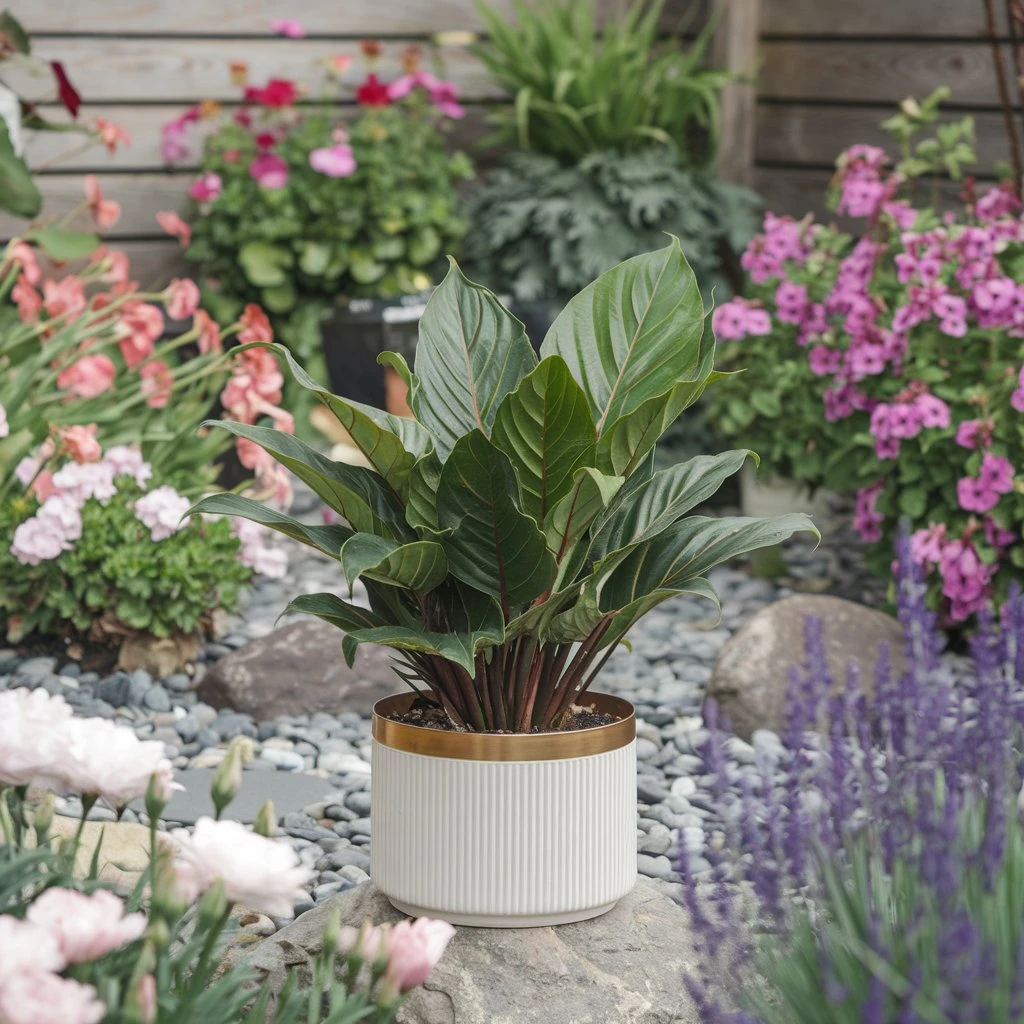
The leaves of succulents are often thick and waxy, designed to minimize water loss through evaporation. In contrast, cacti typically feature spines instead of leaves, which serve as a defense mechanism against herbivores while further reducing moisture loss. Additionally, cacti have a unique structure called the areole, from which spines and flowers emerge.
Both succulents and cacti come in a dazzling array of colors and shapes, making them a popular choice among houseplant enthusiasts. With minimal care requirements, these hardy plants are perfect for those looking to add a touch of resilience and beauty to their indoor spaces.
Foliage vs. Flowering Plants: Identification Tips
When it comes to identifying houseplants, understanding the distinction between foliage and flowering varieties is essential. Foliage plants, prized for their vibrant leaves, often display an array of textures, colors, and shapes. Look for broad, glossy leaves in species like the philodendron or snake plant, which offer striking visual interest without the need for blooms. These plants can thrive in various lighting conditions, making them adaptable choices for indoor environments.
In contrast, flowering plants, such as the peace lily or hibiscus, focus on seasonal blooms to showcase their beauty. Their blossoms can be vivid and fragrant, attracting pollinators even within the confines of a home. When identifying these plants, examine the timing of their blooms; many flowering species require specific light and water conditions to thrive.
Both types enrich indoor spaces, yet recognizing their unique characteristics ensures you select the right houseplant to complement your environment and preferences.
Resources for Identification
Identifying houseplants can be an enriching experience, especially when armed with the right resources. Numerous books offer detailed insights into plant species, their characteristics, and care requirements. Titles such as The House Plant Expert provide comprehensive guides for beginners and seasoned enthusiasts alike.
Online databases and plant identification apps have become indispensable tools. Websites like the Missouri Botanical Garden and apps like PlantSnap allow users to upload images and receive instant identification, making learning accessible and interactive.
Joining local gardening clubs or online forums can foster community engagement, providing opportunities to share knowledge and experiences. These platforms often facilitate discussions about uncommon species, care tips, and even plant swaps.
Utilizing these resources not only aids in houseplant identification but also enriches your overall horticultural knowledge, fostering a deeper appreciation for the diverse world of indoor flora.
Using Field Guides and Plant Apps
In the quest for identifying houseplants, utilizing field guides and plant identification apps can significantly enhance your botanical knowledge. Field guides offer a tactile experience, presenting detailed descriptions, illustrations, and often the ecological context of various species. These printed resources are invaluable for learning about specific houseplant traits, including leaf shape, size, and coloration, as well as the environmental conditions they thrive in.
On the other hand, the advent of technology has revolutionized plant identification. Numerous apps, such as PictureThis and PlantSnap, allow users to take a photo of a houseplant and receive instant identification along with care instructions. This immediacy makes learning interactive and engaging. Many of these apps also provide community features, where enthusiasts can share their own plants and experiences, enriching the learning environment.
Both field guides and plant apps serve as essential tools in understanding the vast array of houseplants available today. By leveraging these resources, hobbyists can develop a deeper appreciation for their indoor gardens while ensuring their plants receive optimal care tailored to their specific needs.
Online Communities and Forums
In the vibrant world of houseplants, online communities and forums have emerged as invaluable resources for enthusiasts of all levels. These digital platforms foster a sense of camaraderie among plant lovers, offering a space to exchange knowledge, share experiences, and seek advice. Within these communities, members often post photos of their houseplants, inviting feedback on care tips or identifying potential issues. This collaborative spirit cultivates a wealth of information, often enriched by diverse perspectives.
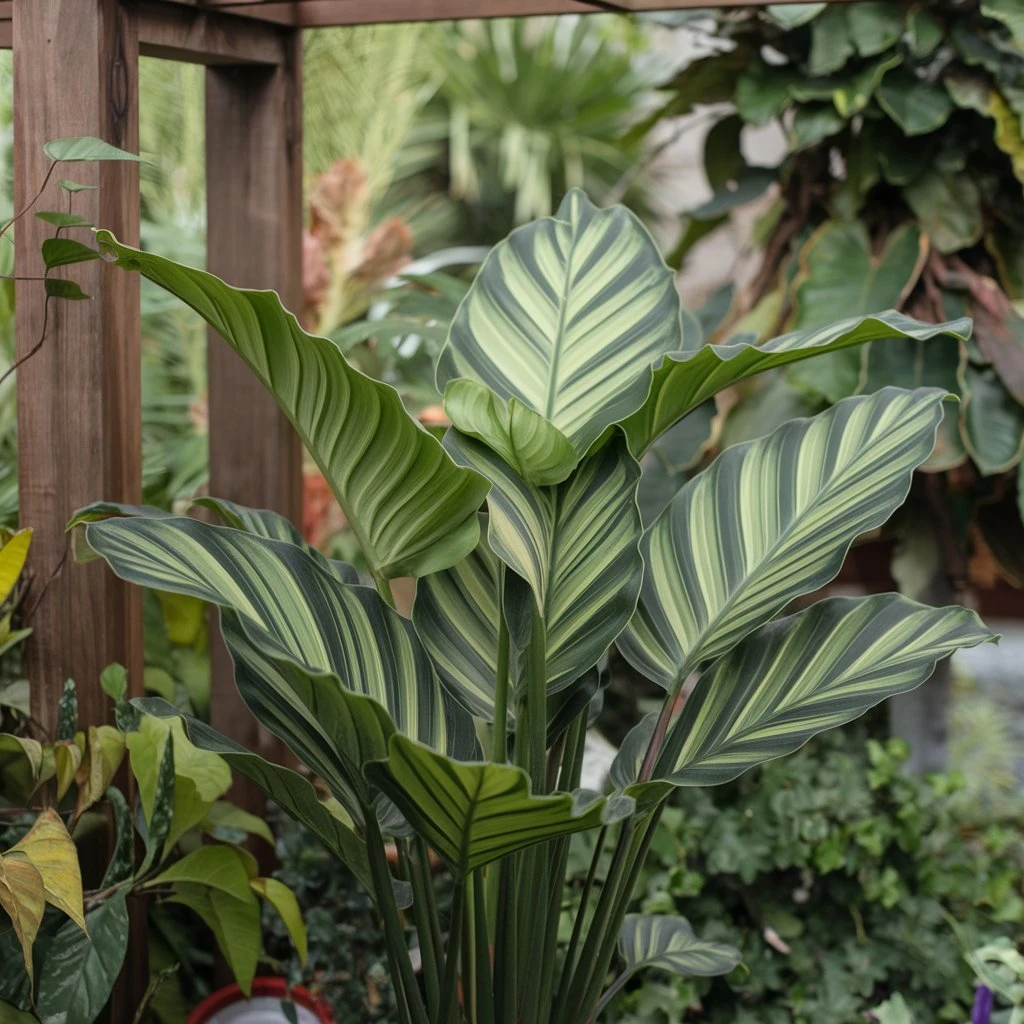
Popular forums, such as Reddit’s r/Houseplants, provide a treasure trove of discussions covering everything from the intricacies of propagation to pest management strategies. Members can ask specific questions and receive prompt, tailored responses from seasoned gardeners and fellow novices alike.
Additionally, many Facebook groups dedicated to houseplants encourage users to share their successes and challenges. This collective wisdom not only enhances one’s gardening skills but also fosters connections, transforming solitary hobbies into a communal experience. As plant enthusiasts navigate the joys and challenges of cultivating their indoor gardens, these online communities serve as a nurturing space for inspiration and growth.
Common Mistakes in Houseplant Identification
Identifying houseplants can be an exhilarating journey, but it’s also fraught with pitfalls that can lead to common mistakes. One prevalent error is overlooking the significance of leaf shape and texture. While some enthusiasts might focus solely on flowers or stems, the foliage often holds critical clues about the plant’s identity. Each species exhibits unique leaf characteristics, which are vital for accurate classification.
Another frequent misstep involves confusing juvenile and mature forms of plants. Many houseplants change appearance as they grow, leading to potential misidentification. For instance, the young leaves of a rubber plant may look entirely different from the mature leaves, causing confusion among novice plant owners.
Furthermore, neglecting the environmental factors that influence a plant’s appearance can lead to inaccuracies. Light, humidity, and temperature all play crucial roles in a houseplant‘s health and appearance. For instance, a plant kept in low light may exhibit stunted growth or paler leaves, which could mislead identification attempts.
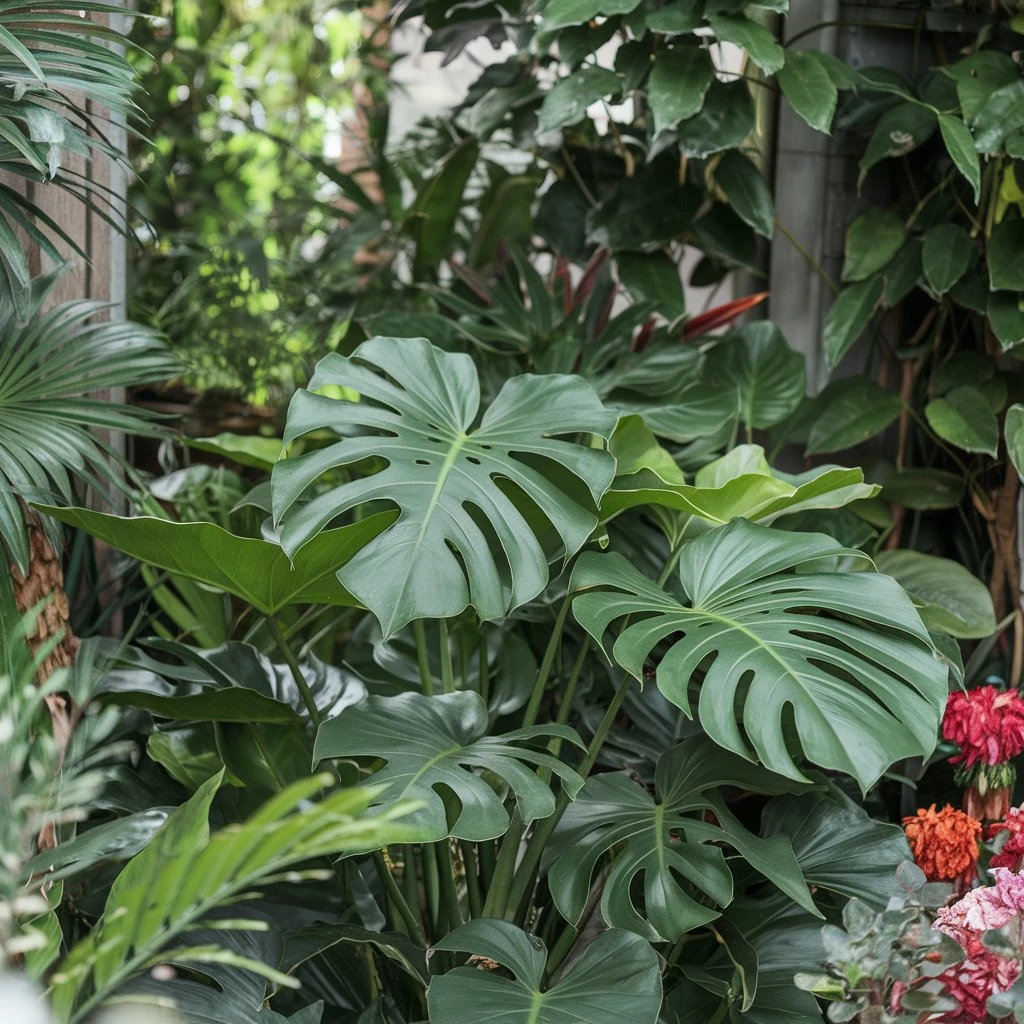
Finally, relying solely on online images without considering the plant’s unique characteristics can result in erroneous identifications. To navigate these challenges, a careful examination of each houseplant’s attributes paired with thorough research is essential for successful identification.
Using Field Guides and Plant Apps
Identifying houseplants has never been easier, thanks to the advent of field guides and plant identification apps. These resources provide invaluable insights into the diverse world of indoor flowers. Field guides, often rich in detailed illustrations and comprehensive descriptions, serve as excellent companions for plant enthusiasts. They allow users to delve into the characteristics of various species, including leaf shape, size, and growth habits.
On the other hand, plant identification apps harness the power of technology to streamline the process. With a simple photo upload, these apps can analyze and suggest potential matches, making identification accessible even for beginners. Many apps also offer care tips, ensuring that your houseplants thrive once identified.
However, while using these tools, it’s crucial to cross-reference information. No single source is infallible. Some houseplants may exhibit variations due to environmental factors, and misidentification can lead to improper care. Thus, combining the knowledge from field guides with the convenience of apps creates a robust approach to understanding and caring for your houseplants. By leveraging these tools, you can become more adept at navigating the intricate world of indoor gardening.
Ignoring Growth Stages
Understanding the growth stages of a houseplant is vital for ensuring its health and vibrancy. Neglecting these developmental phases can lead to a cascade of issues, from stunted growth to susceptibility to pests. Each stage, whether it be germination, vegetative growth, or flowering, requires specific care and attention. For instance, seedlings demand a delicate balance of moisture and light, while mature plants may thrive with more robust watering schedules and nutrients inputs.
Ignoring these stages can result in overfertilization or inadequate watering, both of which can adversely affect the houseplant’s well-being. Furthermore, recognizing the signs of distress during each phase is crucial; yellowing leaves may indicate overwatering during the vegetative stage, while a lack of blooms in flowering plants could suggest insufficient light.
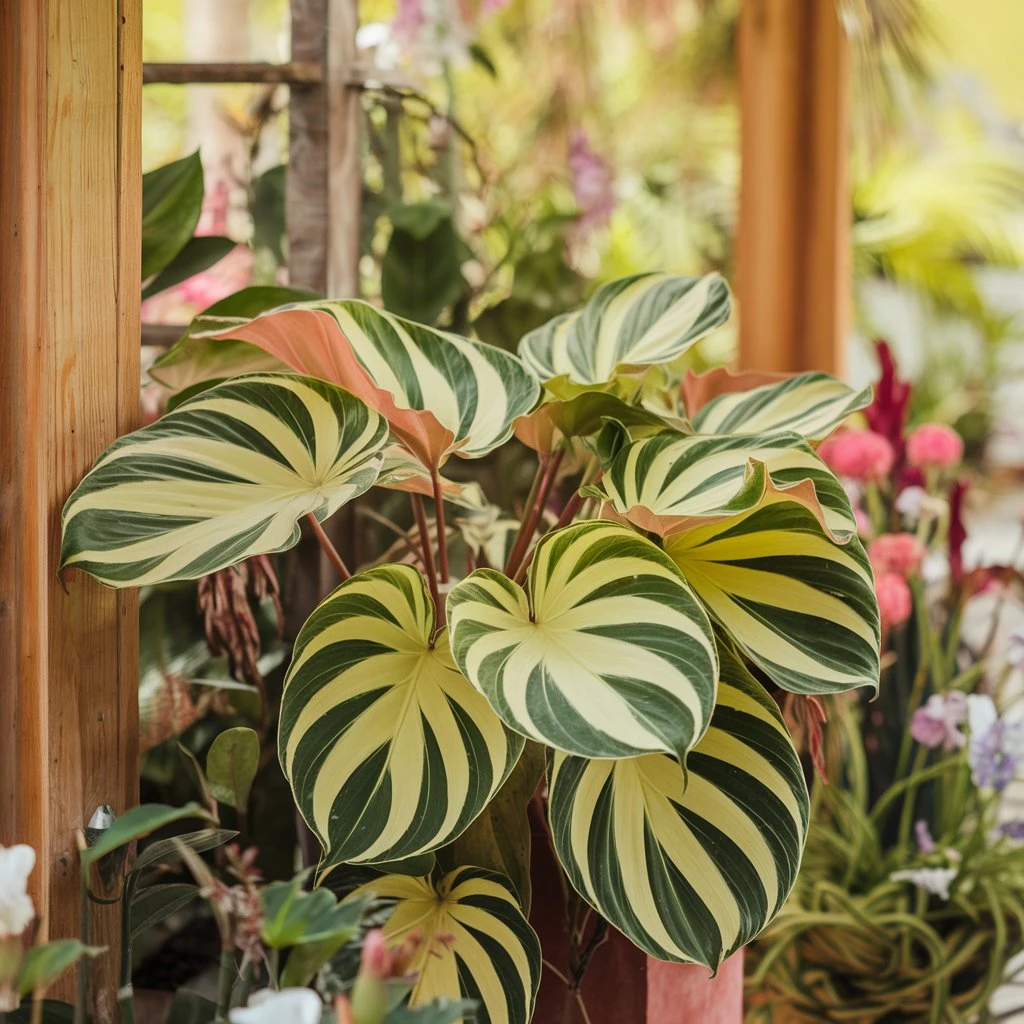
By adapting care practices to the unique needs of each growth stage, plant enthusiasts can cultivate healthier, more resilient houseplants. Awareness of these developmental nuances not only enhances the aesthetic appeal of indoor flora but also fosters a deeper connection with nature. This attentiveness ultimately transforms a mere decorative piece into a thriving, life-affirming presence within any home.
Conclusion and Final Tips
In conclusion, nurturing a houseplant goes beyond mere aesthetics; it’s an engaging journey that fosters a connection with nature. As indoor flora thrives under human care, understanding the intricacies of each species becomes paramount. Whether it’s the lush foliage of a fern or the striking blooms of an orchid, recognizing the unique requirements of your houseplant will ensure its vitality.
Final tips for success include assessing the environmental conditions within your home. Factors such as light, humidity, and temperature play critical roles in plant health. For instance, a houseplant positioned near a bright window may require more frequent watering, while those in lower light may thrive with less moisture. Additionally, regular inspections for pests and diseases can prevent minor issues from escalating.
Consider the use of high-quality potting soil and appropriate containers, as these contribute significantly to drainage and nutrient retention. Moreover, staying informed through reputable resources will enhance your gardening prowess. Embracing these strategies will not only result in flourishing houseplants but also foster a sense of accomplishment and joy. In this symbiotic relationship, both plant and caretaker flourish, creating a serene and invigorating indoor sanctuary.
By Mark


